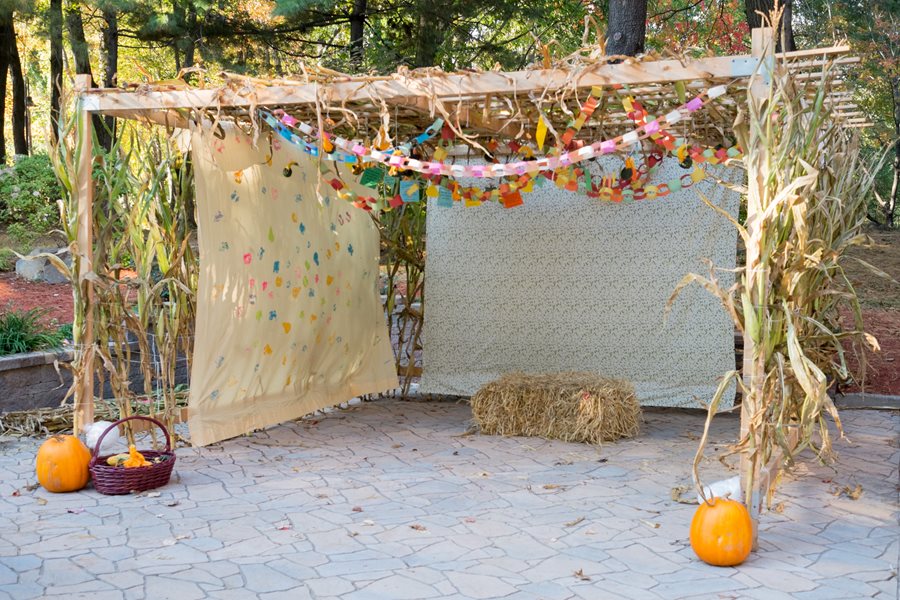Take a deep breath. Hold it… and now exhale. We just made it through a meaningful fast and period of self-reflection. And now, we get our “Jewish whiplash” and embark on our celebration of Sukkot. This holiday is unique in its rituals, among them the waving of the Four Species – the lulav and etorg. These seemingly simple components of the holiday are, in fact, laden with profound symbolism and meaning. The lulav and etorg can represent various parts of the human body and, much like our physical body parts, can help us become better members of our community.
- The Lulav – Spine and Heart:
The lulav, made up of three types of branches, is often seen as representing the human spine. Just as the spine provides structure and support for the body, our hearts give structure to our lives. The heart, at the center of our circulatory system, is the core of our emotions and the wellspring of compassion. In our community, just as the spine supports the body, our hearts support our collective spirit. When we approach our fellow community members with an open heart, we provide the necessary support and love that allows our community to flourish.
- The Hadas – Eyes and Vision:
The myrtle branches (hadas) have leaves that resemble eyes. In this comparison, they represent our ability to see the world around us. Just as our eyes help us perceive the world and navigate through it, our vision helps us understand the needs and perspectives of those in our community. When we use our vision to see the suffering and joy of our neighbors, we can respond with kindness and empathy.
- The Aravah – Lips and Communication:
The willow branches (aravah) can be seen as symbolic of our lips and the power of speech. Our lips are our primary means of communication, just as the willow branches are essential for the lulav. Effective communication is key to building strong relationships and fostering unity within our community. When we use our words to uplift, support, and encourage others, we strengthen the bonds that hold our community together.
- The Etorg – Hand and Action:
The etorg, a beautiful and fragrant citrus fruit, represents our hands and actions. Our hands are the tools through which we engage with the world, accomplish tasks, and create. The etorg, often considered the most important of the Four Species, symbolizes the importance of righteous deeds. In our community, our actions, whether small or grand, define who we are and shape the world around us. When we use our hands to perform acts of tikkun olam, we become a force for good in our community.
Now, as we reflect on the lulav and etorg, let us remember that these symbols are not just for ritualistic purposes. They are here to remind us of our physical bodies and, more importantly, our spiritual selves. Just as each part of the lulav and etorg serves a unique function, every part of our community is valuable and essential.
As we celebrate Sukkot, let us pledge to use our hearts to provide support, our eyes to see the needs of others, our lips to communicate with love and understanding, and our hands to take positive actions. By doing so, we will not only become better individuals but also contribute to the strength and unity of our community. Sukkot is a time of joy and gratitude, a time to recognize the unity of our people, and a time to strengthen our bonds with one another.
Shabbat Shalom,
Danny Glassman

